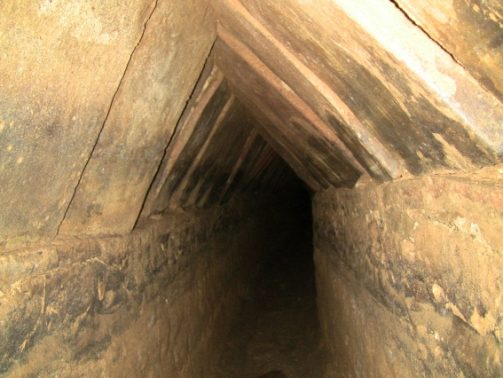The geographical location of Elmas gave considerable impetus to its development as early as prehistoric times. As evidence of this in the “Tanca e linarbus” area, important Nuragic emergences have been unearthed, and in the “Su planu” locality some remains dating to the Recent Neolithic period have emerged. In addition, the strong anthropization of Punic peoples, driven to settlement in the area by the fishy waters and salt production, left traces along the Santa Gilla pond.
Thus numerous settlements were born, consisting of fishermen’s huts, and a “mansio,” a kind of organized village serving a number of patrician families who had set up their residence in the vicinity, developed over the centuries, beginning with Roman rule. It was at this time that the three settlements of Semelia, Moguru and Sa mura saw the light of day. During the 1300s the “mansio” took on the typical characteristics of the Roman villa, with its own administrative, social and economic organization.









